6 historical facts that we know about but that conceal unknown truths
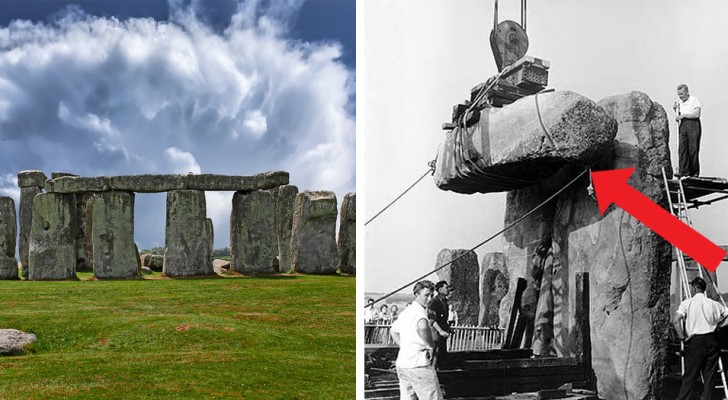
Sometimes, as fascinating as some stories may seem to us, we must bow to the fact that what made them so special could be some detail that was omitted or some aspect that was embellished, altered, or exaggerated.
Knowing the real circumstances behind an event, however, can be just as beautiful, since it puts us in the exciting position of being among those who really know what happened and how and who can say that they have gone beyond the usual commonplace interpretations.
The Vikings did not wear helmets with horns.
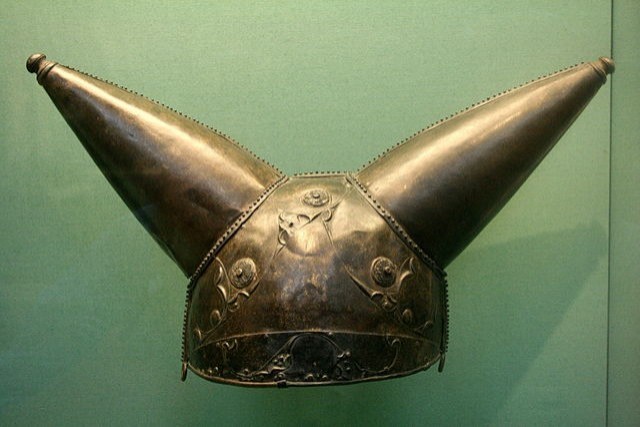
It is one of the first images that comes to mind, but studies have shown that in reality these horned headpieces were used only on the dead, right before being buried. Furthermore, it was not the Vikings who invented helmets with horns. In fact, they were already widespread in the Bronze Age.
Cristoforo Colombo was not the first European to set foot on the American continent.
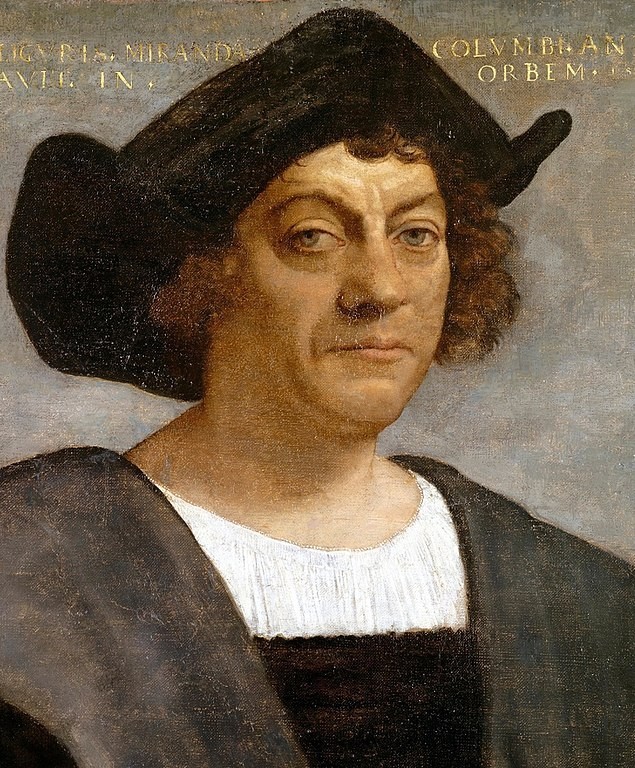
Metropolitan Museum of Art, online collection/Wikimedia
We all know well that it was with Christopher Columbus that the discovery of the Americas was understood to be the moment that changed forever the history of the old and the new continent. However, to be precise, we must remember that it was the Vikings, at the end of the tenth century, who landed for the first time on the coasts of those distant lands.
Cleopatra was not Egyptian.

Studies have revealed that Cleopatra was not really Egyptian, but was of Greek descent. As a matter of fact, her family descended directly from Ptolemy, one of the Greek generals of Alexander the Great who was assigned the task of acting as regent in Egypt. Later, Ptolemy proclaimed himself king and succeeded in imposing his own family as sovereigns of Egypt.
It was not Napoleon who broke the nose of the Sphinx of Giza.
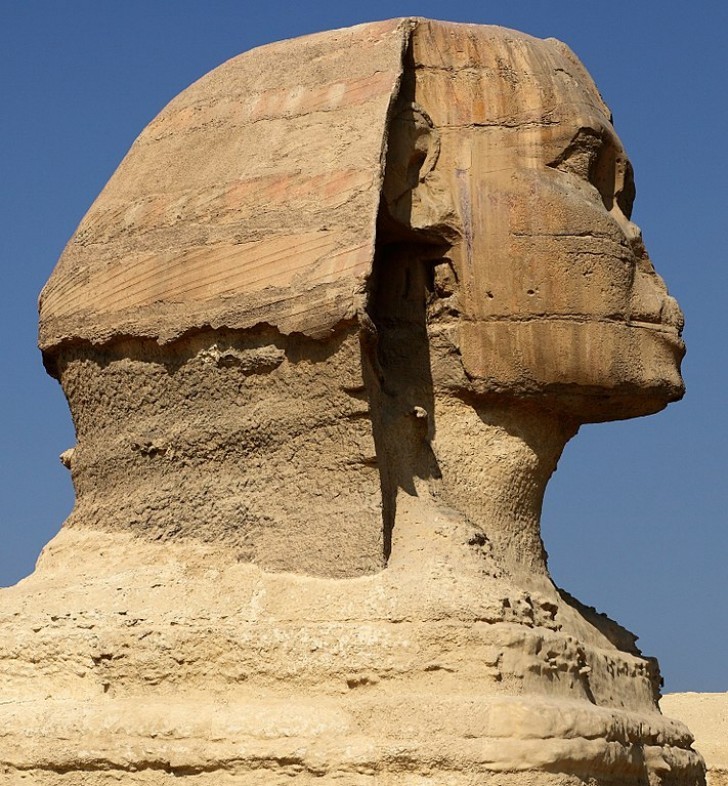
The Egyptian Sphinx of Giza, known for its majesty, is also known due to its damaged nose. In fact, it is said that the incident occurred in 1798, during a battle between the Turkish and Napoleonic armies.
However, the drawings that a Danish traveler named Frederic Nordens made in 1737 show that the structure was already missing its nose.
What is the real reason why Van Gogh cut off his ear?
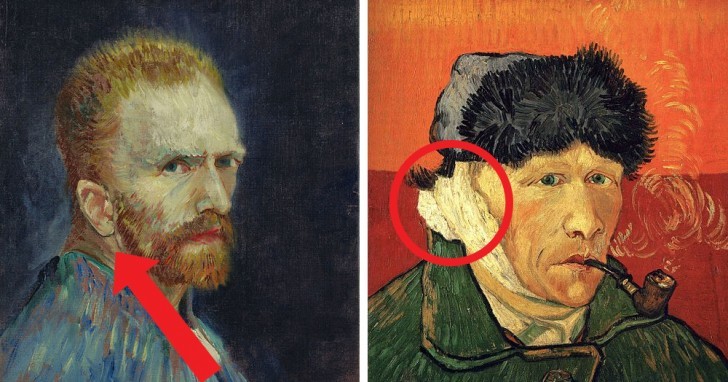
themagazineantiques.com/Wikimedia
There is a rumor that Van Gogh made that gesture as a manifestation of love for a woman, but the truth is another! The story goes that the famous painter had a quarrel with his friend and colleague Paul Gauguin, during which he wounded the latter with a razor. Then Van Gogh, due to his profound remorse, that same night, cut off his own earlobe as a form of apology.
The truth behind the arrangement of the famous Stonehenge monoliths.

Stonehenge is considered one of the most mysterious sites in the world, but few know that the stones have undergone a massive restoration since 1900. In fact, the monoliths have been raised from the ground, placed vertically, moved and rearranged. During these procedures, among other things, some elements were broken.
Although the "magic" arrangement of the stones has been confirmed by expert scholars, we cannot be sure that this was actually the real intent or interpretation desired by the individuals who first built these structures.
Image: Pixabay





